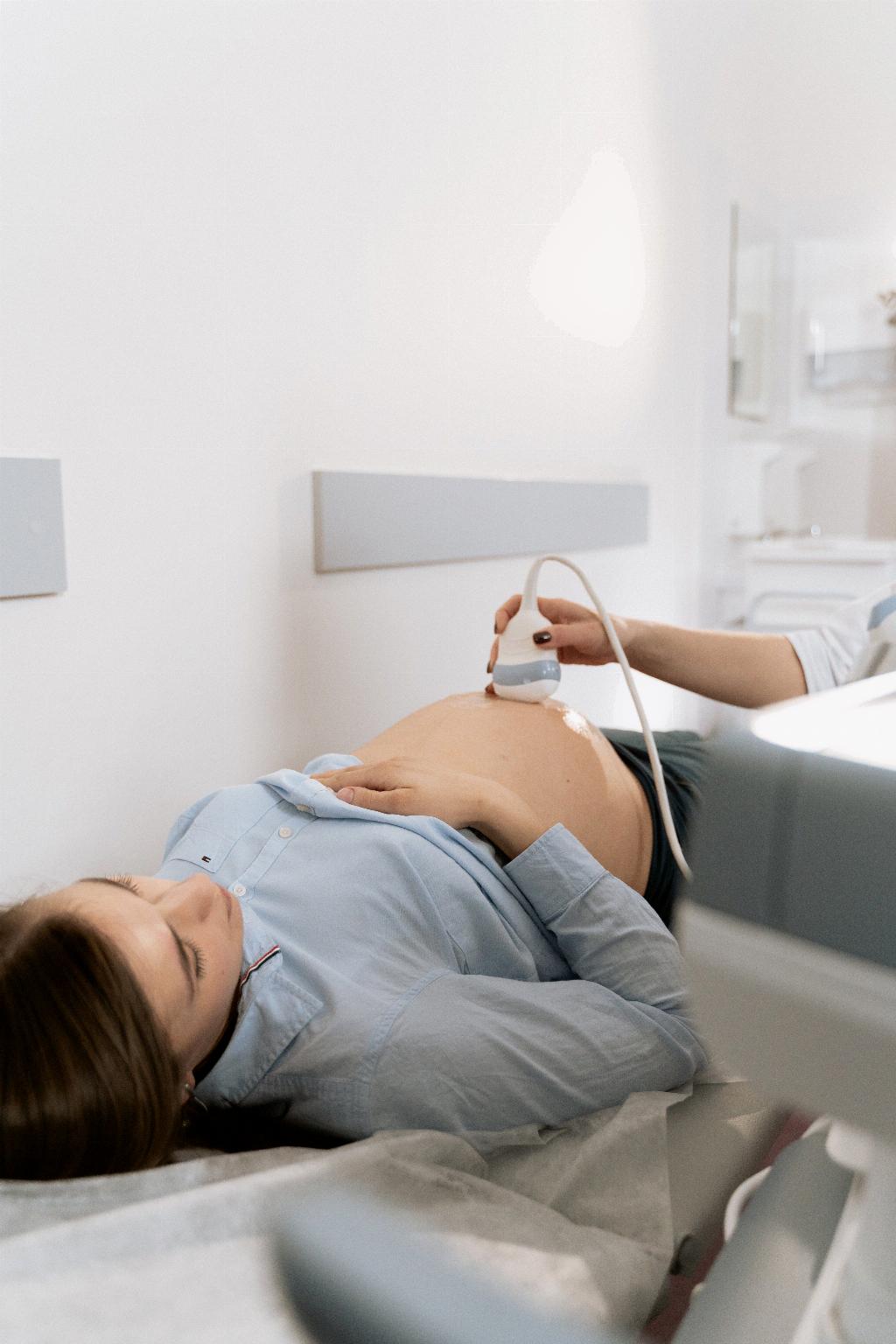During pregnancy, many women experience a multitude of changes in their bodies, and one common issue that can arise is the development of rashes on the legs. These rashes can be uncomfortable, itchy, and sometimes even painful, leading to discomfort among expecting mothers. Understanding the root cause of these rashes is essential to finding relief and managing this common pregnancy symptom.
Connective Tissue Damage and Inflammation
One of the primary reasons behind rashes on the legs during pregnancy is the stretching of the connective tissue in the skin. As the skin stretches to accommodate the growing belly and body changes, the connective tissue can become damaged, leading to inflammation. This inflammation can cause bumps to form on the skin, resulting in the appearance of a rash.
Hormonal Changes and PUPPP
Another theory that explains the occurrence of rashes on the legs during pregnancy is related to hormonal changes. Pregnancy is a time of significant hormonal fluctuations, and these changes can impact the skin, sometimes leading to conditions like Pruritic Urticarial Papules and Plaques of Pregnancy (PUPPP). PUPPP is characterized by the development of itchy rashes on the abdomen and extremities, including the legs.
Itchy and Unpleasant Annoyance
Regardless of the exact cause, dealing with rashes on the legs during pregnancy can be an unpleasant annoyance for many women. The itching, discomfort, and sometimes pain associated with these rashes can make the overall pregnancy experience more challenging. Finding ways to alleviate these symptoms and manage the rashes effectively becomes a priority for expecting mothers.
Seeking Relief and Management Strategies
When faced with rashes on the legs during pregnancy, it is crucial to seek relief and explore management strategies to mitigate the discomfort. Consulting with a healthcare provider is essential to determine the root cause of the rash and identify appropriate treatment options. Moisturizing the skin, avoiding harsh chemicals, and wearing loose-fitting clothing can also help alleviate symptoms.
Self-Care Practices
In addition to medical interventions, practicing self-care can play a significant role in managing rashes on the legs during pregnancy. Taking lukewarm baths, using gentle skincare products, and staying hydrated can help soothe the skin and reduce irritation. Keeping the affected areas clean and dry can also prevent further aggravation of the rash.
Emotional Impact and Support
It is essential to acknowledge the emotional impact that rashes on the legs during pregnancy can have on women. Dealing with physical discomfort and changes in appearance can take a toll on one’s mental well-being. Seeking support from loved ones, joining online communities of expecting mothers, and practicing relaxation techniques can help cope with the emotional stress associated with these rashes.
Preventing Future Rashes
While dealing with rashes on the legs during pregnancy can be challenging, taking preventive measures can help minimize the risk of developing future rashes. Maintaining good skincare habits, using gentle detergents, and avoiding excessive scratching can reduce the likelihood of skin irritation and rashes. Regularly monitoring skin changes and seeking prompt medical attention for any concerning symptoms are also crucial steps in preventing rashes.
Overall Well-Being
Prioritizing overall well-being during pregnancy is essential for both physical and emotional health. Managing rashes on the legs, along with other common pregnancy symptoms, requires a holistic approach that includes proper skincare, self-care practices, and seeking professional guidance when needed. By taking care of oneself and staying informed about skin health during pregnancy, women can navigate this transformative time with greater ease.

